The Internet of Things (IoT) is one of the most talked about IT trends, and many have compared its impact to the Industrial Revolution of the late 18th century. While this may sound like an exaggerated analogy, there is no denying that IoT has the potential to reinvent verticals such as manufacturing, retail, and transportation to name a few.
The rail industry has been one of the early adopters of this emerging technology. Attributes of IoT are incorporated into modern trains that have multiple control units to manage technology systems while communicating with each other. The focus, however, has primarily been on the functionalities of individual sub-systems. The information processing units in rail have rarely been utilized to derive valuable information and insights.
As the capabilities of Industrial IoT expand, so do the opportunities for rail companies. There is potential to use more of connected machines, embedded sensors, and analytics to get unprecedented visibility into almost every aspect of the operations and enable new sources of value creation. In turn, such visibility will allow the operators to exploit their complex database for better decision making and to bring more efficiency and safety in rail transport systems.
The rail industry did undergo a revolution when the concept of IoT first emerged in 2005. It led to the development of solutions such as smart ticketing, passenger infotainment, dynamic route scheduling, and rail analytics. However, factors such as the high initial cost of deployment and integration of complexities on legacy systems had hindered further development in the sector. The possibilities of IoT enhancing the security of rail operations have been explored more recently.
How, really, can IoT enhance safety?
A large number of trains today continue to rely on trackside switches that are placed in remote areas or rough terrains. To minimize the risk of derailment and any untoward incidents, the switches must be in correct position to ensure that trains are on proper tracks and at safe speeds.
The custom of manual operations requires personnel to inspect switches as there may not be power lines in proximity for automatic device-to-device monitoring. Also, the switches themselves are not smart sensors linked to dedicated energy sources.
IoT and remote monitoring create opportunities to transform the infrastructure for rail tracks, and this makes it feasible to automate the routine safety checks while bringing down costs, operators’ stress and accidents.
The pro-active safety controls in railways can be deployed with situation- aware integration and secure transmission of information collected by IoT sensors. As a train starts its operations, it can perform self-diagnosis for initial safety control. Once it gets into operation (running) mode, different kinds of IoT sensors will help it to monitor collected data for proactive safety controls.
Communication networks can be formed by combining wired and wireless connections of IoT sensors. Some of the data from IoT sensors can be utilized for actuators without transmission to external networks and other data collected from them is transmitted to the external network. For orderly delivery of sensor data, a single or multiple gateways of a train to external communication networks such as LTE-R cellular network can be placed.
Emerging technologies like cloud computing and big data along with digital communication networks will enable adoption of IoT to link thousands if not millions of components. IoT paradigm for the rail industry holds the promise that its systems can advance on interoperability, safety, and other key issues while also modernizing rapidly.
To learn about the five ways IoT is transforming the railways, click here.

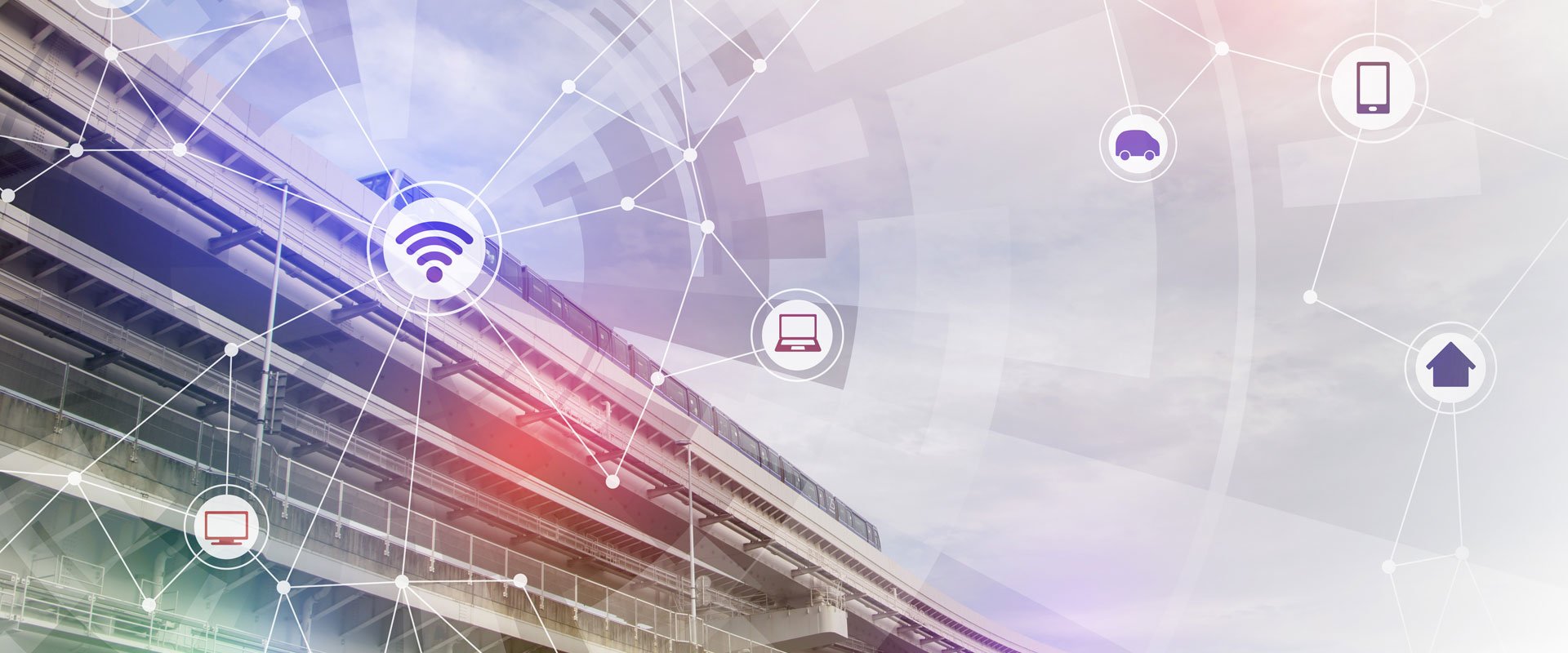
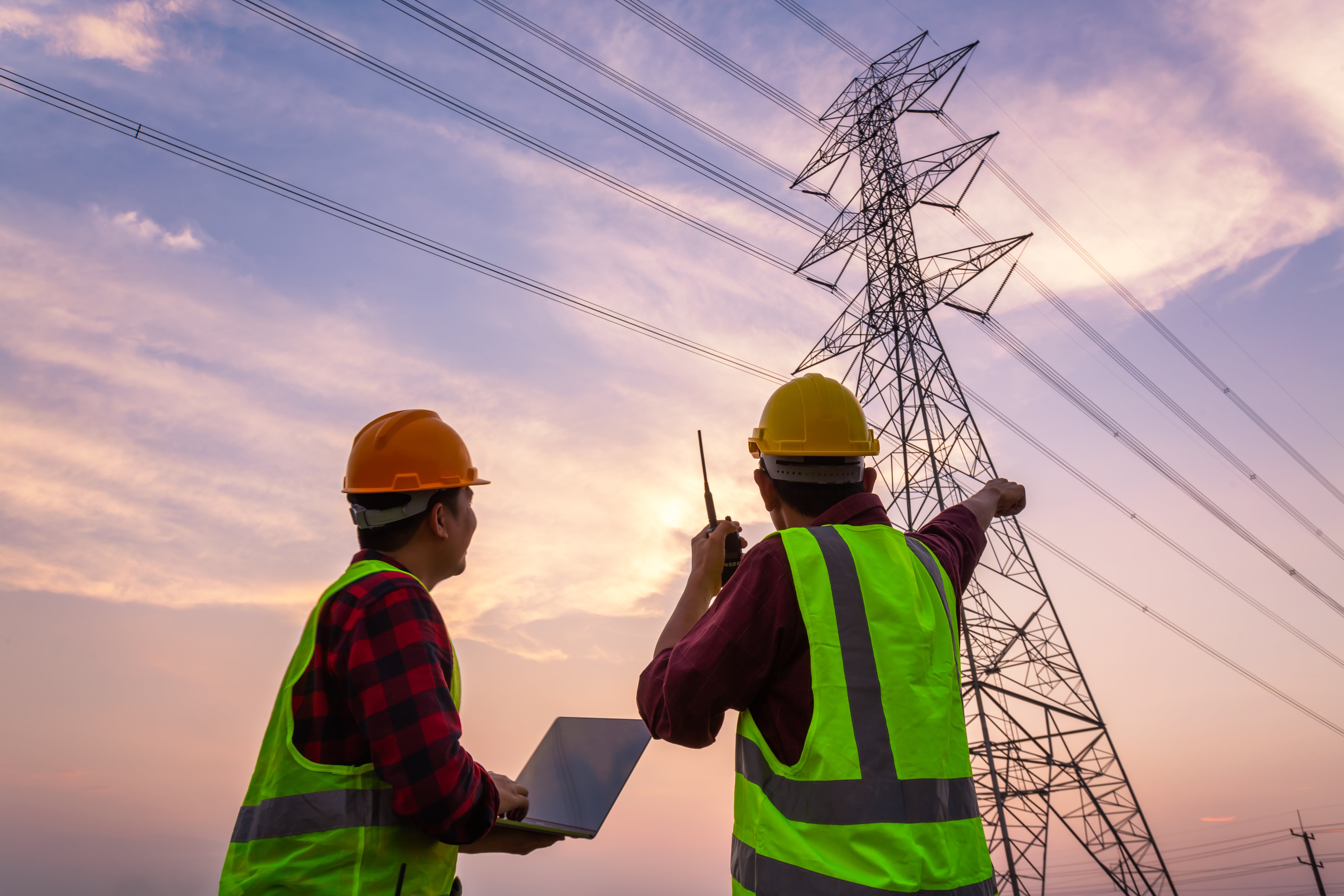
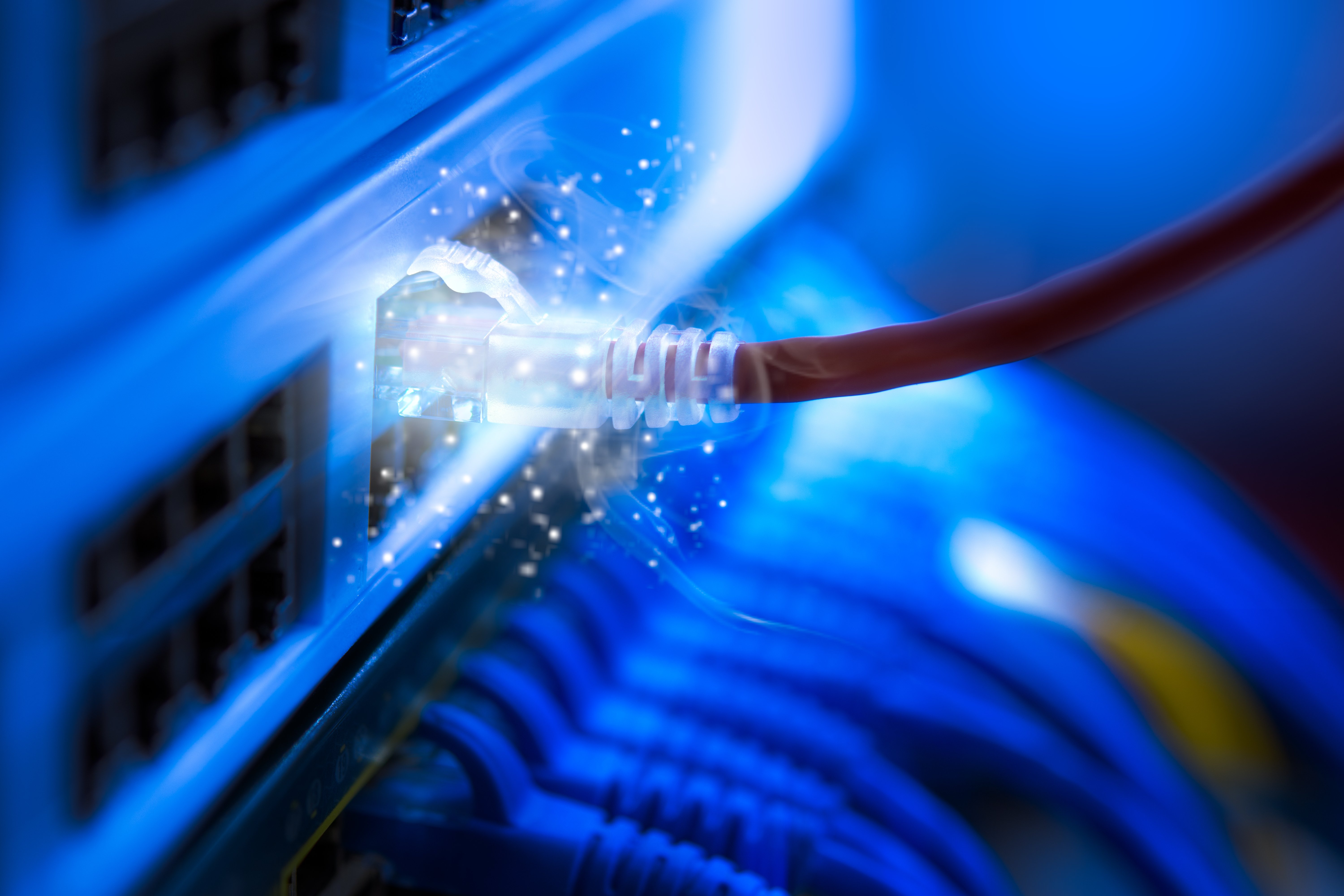

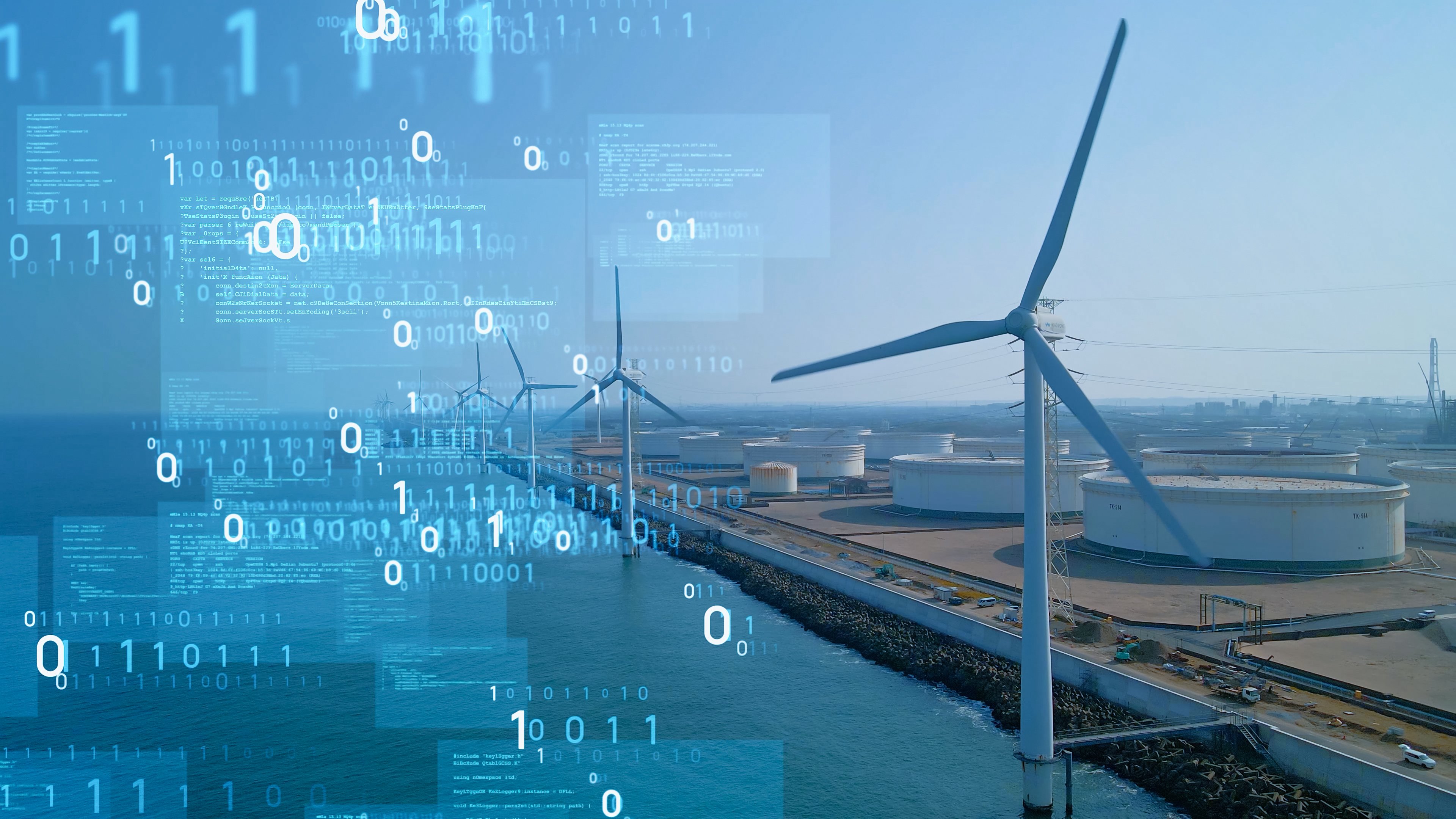

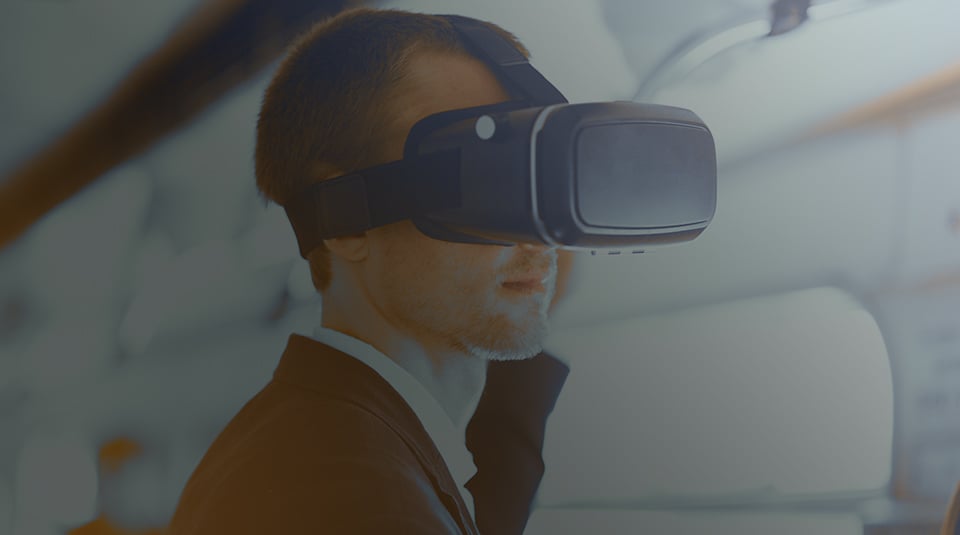

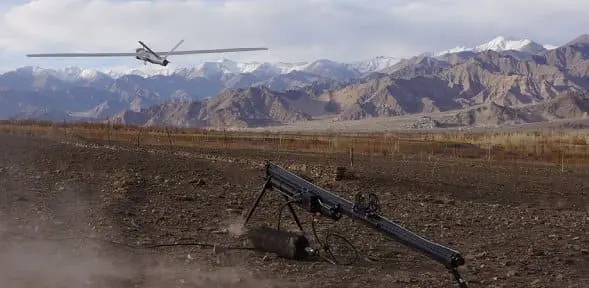


Let Us Know What You Thought about this Post.
Put your Comment Below.